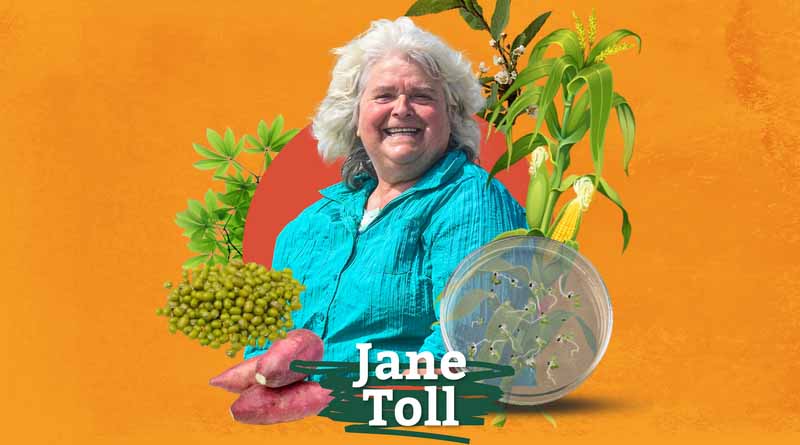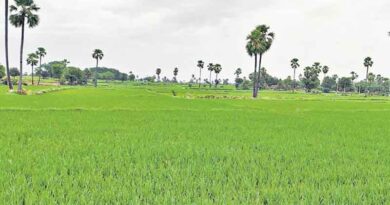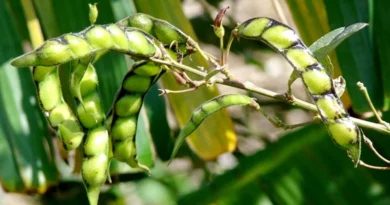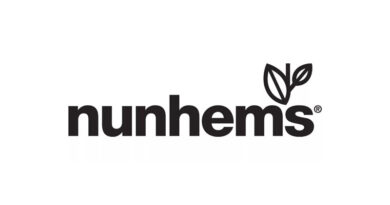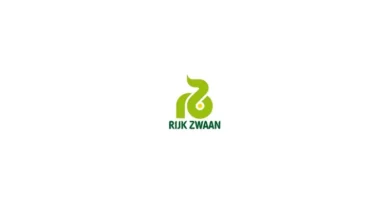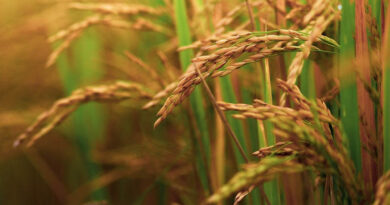Jane Toll: Catalyzing and Celebrating Crop Diversity
In this second installment of our Seed Heroes series, we celebrate Jane Toll, the woman, the collector, and the influencer behind the creation of the Crop Trust, which this year celebrates 20 years since it was founded in 2004.
10 February 2024, Zimbabwe: On an isolated road a few hours outside Bulawayo, armed men in military fatigues flagged down the truck that Jane Toll was driving. Vincent Gwarazimba, her colleague, turned gray with fear, she recalls. It was 1982, in a restive, newly-independent Zimbabwe.
The gunmen ordered them out of the truck. Why were they here? Why was a Zimbabwean man traveling with a foreign woman? What were they transporting? “They thought we were spies,” explains Jane.
They dropped the tailgate of the truck to reveal dozens of sorghum heads stuffed in cloth bags. She and Vincent were collecting seeds for the national agricultural research institute in Harare, they said. Satisfied, if somewhat mystified, the soldiers ordered them out of the area. For their own safety.
From Cop to Crop
These were the early years of Jane’s four-decade career in plant genetic resources conservation – a field that is almost unrecognizable today. Back then, there was no International Plant Treaty, no Svalbard Global Seed Vault, no Crop Trust, no internationally-agreed genebank standards.
There was, however, growing interest in the conservation and use of crop diversity. Especially at the academic hub at the University of Birmingham, United Kingdom. Jane completed a Master of Science there, marking the beginning of a professional journey that helped to define the international system of crop conservation we know today.
It was, however, a faltering start. Following graduation, Jane worked as a forensic scientist for London’s Metropolitan Police; there was no job opening for her in plant genetic resources at the time. But her policing career was put on hold in 1978 when she was offered a short-term contract to search for heirloom varieties of sorghum and finger millet in Kenya for the newly established International Board for Plant Genetic Resources (IBPGR, now the Alliance of Bioversity International and CIAT). Jane eventually left her forensics work permanently in 1980, to pursue further assignments for IBPGR in Ethiopia, Italy, Nigeria, Syria, Vietnam and Zimbabwe. The work ranged from collecting plants to training genebank staff.
Building Capacity and Searching for Cereals
By 1985, Jane was collecting food and forage crops in Burundi, Rwanda and eastern Zaire (now the Democratic Republic of Congo) for IBPGR. She helped establish national plant genetic resources programs in all three countries, as well as a regional conservation unit at IRAZ (Institute de Recherche Agronomique et Zootechnique) in Burundi.
Jane moved to Niger as IBPGR’s Coordinator for West Africa in 1987, focusing on building national capacity throughout the region. She undertook her final collecting mission in Chad the same year: a search for forages and the wild relatives of domesticated cereals, including rice, sorghum and millet.
Her most memorable finds were distinctive populations of wild rice growing in dried floodplains in the center of the country, which locals gathered for food during hard times. The team collected wild Oryza longistaminata, O.barthii, and O.punctata from these sites. Tough and weedy, O. longistaminata is now known to carry traits that can be crossed into cultivated rice varieties to confer drought tolerance, yield increases and resistance to bacterial rice blight, a nasty disease.
All Roads Lead To Rome
In 1992, Jane relocated to the Rome headquarters of IBPGR – by then known as the International Plant Genetic Resources Institute (IPGRI). She worked on the techniques and standards for the management of ex situ crop diversity collections, providing training courses, advice and guidance to genebank staff around the world. She also supported the Vavilov Institute of Plant Industry, which was reorganized following the breakup of the Soviet Union, and the establishment of the National Centre for Plant Genetic Resources of Ukraine.
Laying the Foundation for the Crop Trust
Three years later, Jane became IPGRI’s coordinator of the System-wide Genetic Resources Program (SGRP) of CGIAR, a global partnership of agricultural research organizations. A major focus of the SGRP was improving conservation standards and developing policies for managing the international crop diversity collections held by CGIAR. This work contributed to the development of the International Plant Treaty. Under Jane’s watch, the SGRP also undertook a seminal study that estimated for the first time the funding required to support the long-term conservation of the CGIAR collections. In so doing, it made the case for creating an endowment fund, laying the eventual basis for the establishment of the Crop Trust in 2004. Jane also managed the team responsible for developing the CGIAR’s System-wide Information Network for Genetic Resources, known as SINGER: the precursor to the Crop Trust-managed and funded Genesys, the largest online portal for information about crop diversity conserved in genebanks across the world.
Jane joined the Crop Trust as Senior Project Manager in 2007, leading two of the organization’s critical early initiatives: the Global System Project and the Crop Wild Relatives Project. She was also involved in the development of agreements and technical guidelines for depositors to the soon-to-be-inaugurated Svalbard Global Seed Vault. She was able to visit the Seed Vault twice, in 2007 and again in 2012.
Full Circle
Though she retired in 2014, Jane remained active in the plant conservation world, co-writing a 2017 feasibility study into the idea of a cryopreservation facility to back-up collections of plant material unsuitable for the Seed Vault. She also participated in genebank reviews for the Crop Trust-led CGIAR Genebank Platform, the multi-year initiative to maintain and strengthen CGIAR genebanks that ended in 2021.
During the review of the genebank at the International Rice Research Institute (IRRI) in the Philippines, Jane followed up on the seed samples of wild rice she had collected in Chad thirty years earlier. She was curious to see whether the plants’ essential information — the passport data — had successfully made the transition from her paper files to Genesys. She was happy to find that not only were the seed samples safe in the IRRI genebank, but also that her initial identifications had held up to scrutiny, and were now part of the plants’ official descriptions. In addition, she learned that seeds from these wild rices were safely backed up in the Seed Vault.
Jane’s home in Dorset, UK — a short walk from the coast, with a view of the Isle of Wight — seems a far cry from the days of collecting missions in the Sahel. But she is quick to point out that nearby marshland, which begins within the boundary of her own back garden, is home to wild relatives of beet, carrot, and celery. She is also active in local conservation groups, making presentations about crop wild relatives and the role of local flora in global food security.
Whenever she can, she takes her rowing boat out on Christchurch harbor. But no matter how far she goes, crop diversity will always follow her. Turns out, there are wild brassicas out there, on the headlands, just waiting to be collected.
Also Read: World Pulses Day 2024: Will India become self-sufficient in Pulses?
(For Latest Agriculture News & Updates, follow Krishak Jagat on Google News)

